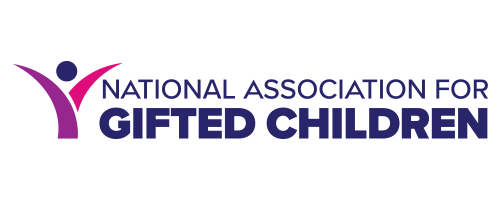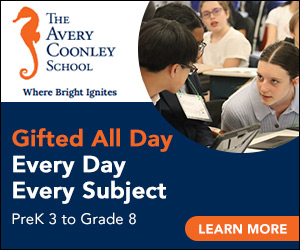Working Toward Equity in the Arts
By Jennifer C. Fisher, Ph.D.
As an Arts Network, we are always looking for ways to celebrate the gifted young artists we serve. Each discipline approaches this slightly differently. For example, music educators are well acquainted with the tradition of having their students participate in honor bands, choirs, or orchestras at local, state, national, and even international levels. These honors ensembles are often comprised of the most gifted musicians within a given geographic area, and the students typically participate in a one-day, intensive training session with a guest conductor or clinician who prepares them for a concert in the evening. This setup allows students from a variety of educational backgrounds and schools to participate in a cooperative learning experience, as they practice and perform advanced and complex musical pieces within an accelerated time frame.
While this is a strong tradition within music education (one in which I participated as a student, no less), it is substantially less common in the world of visual art where I currently live and work. Several years ago, a music education colleague of mine at my university approached me with an idea to turn his annual “music festival” into a true “fine arts festival”. As he and I discussed music education’s approach to these one-day, intensive, accelerated learning experiences for gifted young musicians, we considered multiple options for how we might go about creating such a thing to include the visual arts.
It is important to note that the music festival from which we began is specifically catered toward providing an opportunity for students from under-resourced schools with a chance to meet their advanced learning needs. Schools that are a part of the Des Lee Fine Arts Collaborative qualify for Title I funding, and most are located in areas throughout Greater St. Louis that experience high levels of poverty. Music educators from these schools nominate their young musicians, and judges assemble full orchestras, bands, and choirs based on teacher recommendations and nominations of eligible students. My colleague and I decided to create a one-day visual arts element to complement the musical element of the festival in a similar way.
Pulling from the same pool of school districts who are part of the Collaborative, visual arts educators at the middle and high school levels are asked to nominate up to 10 of their students who exhibit extraordinary skill and potential in the visual arts. Once the entire list of nominees is compiled, a group of 30 is chosen for both the middle school and high school portions of the festival. Teacher recommendations, school sizes, and space constraints are all considered as a group of diverse artists is selected.
Each year, my colleagues and I endeavor to provide a visual art challenge for participating students that extends their skillsets and pushes them out of potential comfort zones of creation. For example, instead of engaging students in a day-long expression of drawing or painting, in the past several years, students have been tasked with learning to needle felt, create images on windows with tape, and to create elaborate collage work. It is important for the work to be something that can realistically be completed within one day (in approximately 6 hours), and we work to expose students to art making media that they may not typically be able to access at their own schools.
At the end of the evening, students set up their artworks in a gallery setting outside the music hall, and their loved ones are welcome to attend their “gallery opening”. Families and friends of the musicians often mix and mingle among their artwork before the music hall opens for the evening’s concert, giving the students an opportunity to experience a taste of the life of a working artist. We believe this is important as the students begin to envision themselves as serious artists, worthy of consideration as emerging professionals. Students mount their work and create labels that include their names, schools, and the titles of their artworks.
Lastly, while one music group is exiting the stage and another is ascending behind the curtain during the concert, we show a brief video of all the things the visual arts students did throughout the day. We show images of the students grouped with their teachers and classmates by school, then pictures of the creation process, followed by photos of their finished artworks. Lastly, we announce the Honorable Mentions and Best of Show awards. One-day festivals like the one I describe here are not the solution to an educational system that often fails to meet the needs of high ability visual artists overall. However, they are one small step toward envisioning a world where gifted young artists from every potential demographic area are given an opportunity to learn according to their abilities and skillsets.
For a full description of this festival, please refer to the article below that I published with my friend and colleague in music education. For additional information, please feel free to peruse the website listed below or contact me at fisherjc@umsl.edu.
Fisher, J. & Smith, M. V., (2021) “Establishing Fine Arts Festivals as Equitable Learning Opportunities for High Ability Visual Artists”, Journal of Cultural Research in Art Education 38(1), 160-173. doi: https://doi.org/10.2458/jcrae.4802


